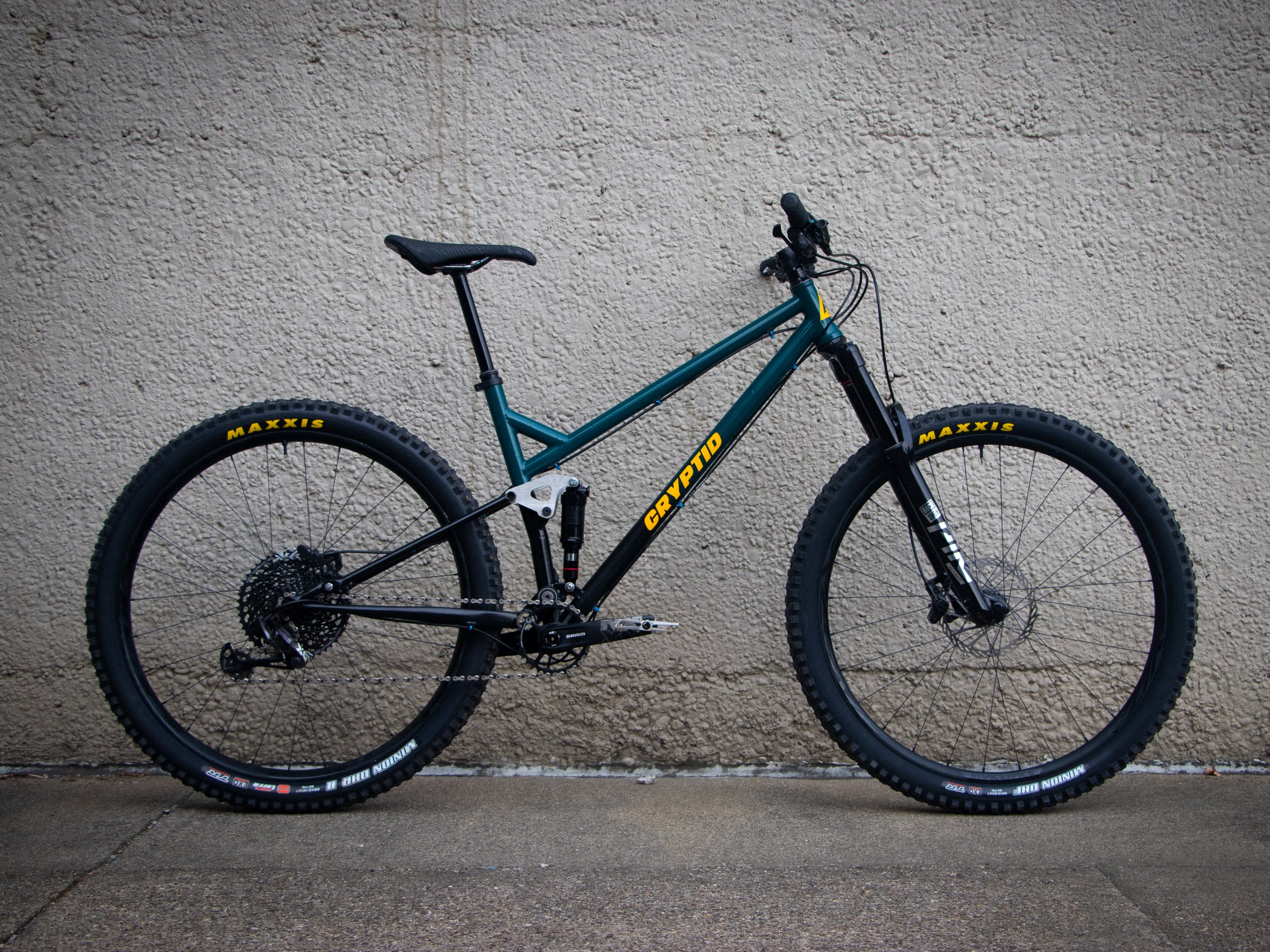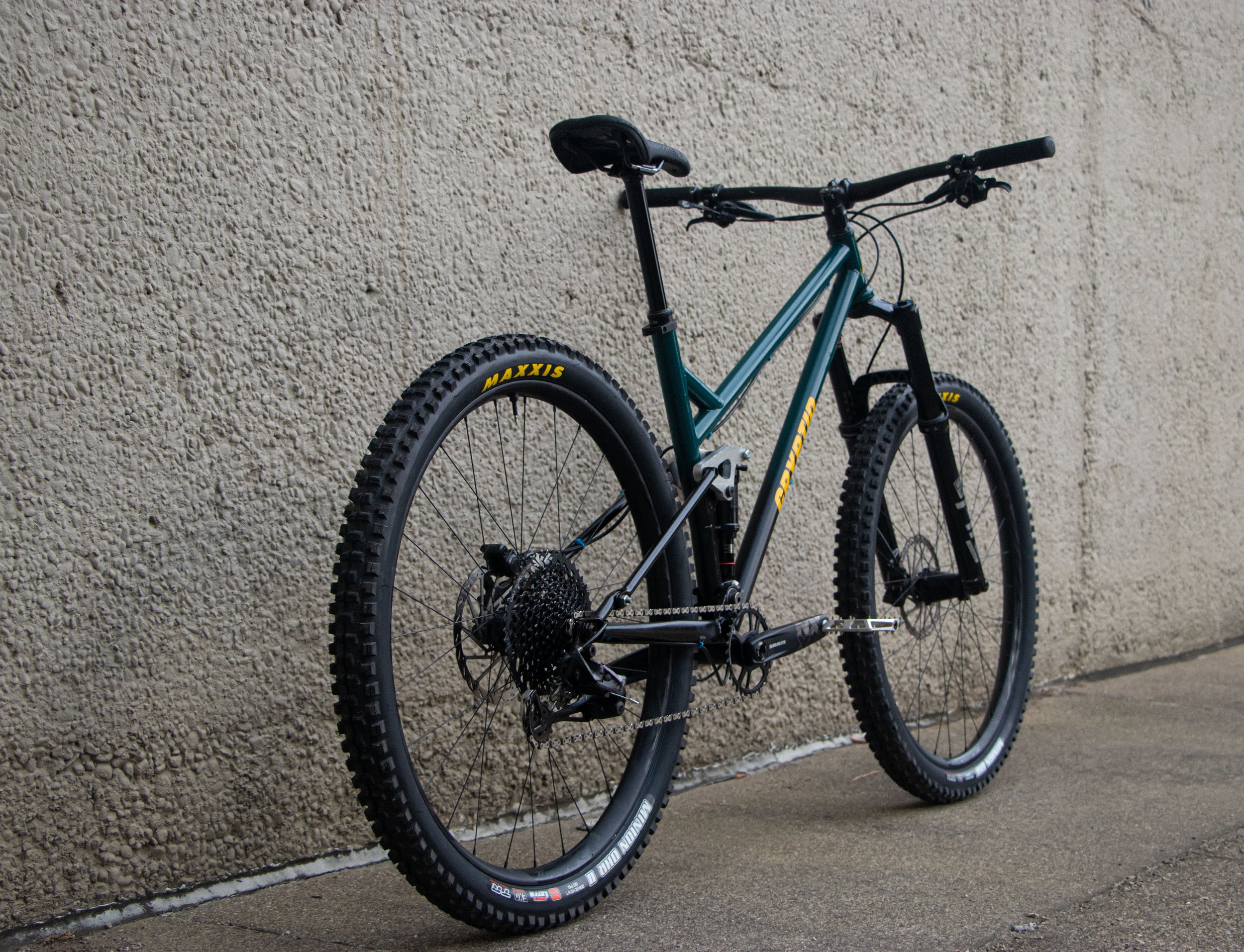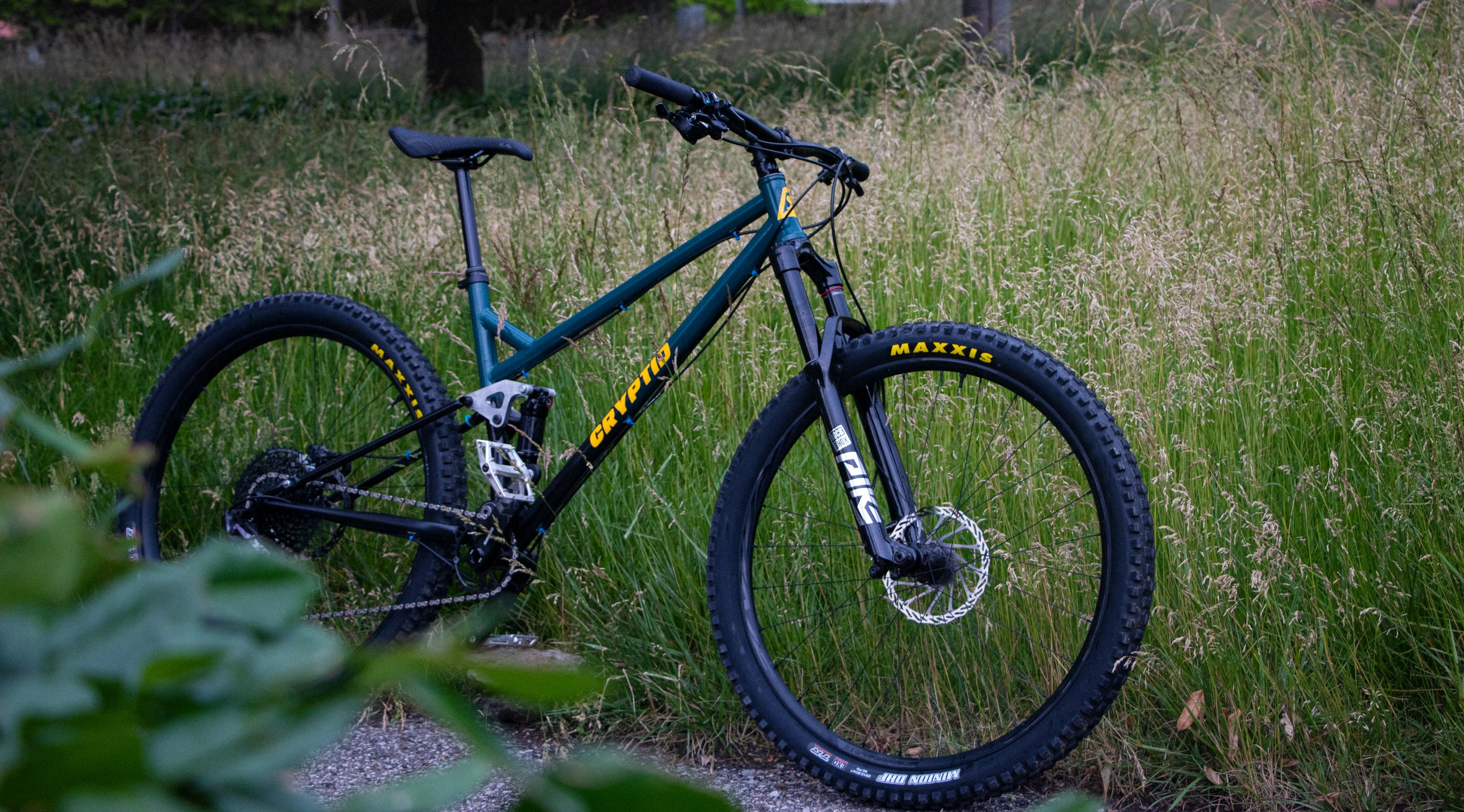
Most bikes sold today are mass-manufactured overseas before being exported across the world. Meanwhile, boutique bike frame building is seeing a resurgance around the world.
Designing a Bike
As an avid mountain biker, I embarked on the journey of designing and building my own mountain bike. I attempted to learn the design techniques and fabrication skills required, with the goal of creating a working bike.
I began by researching boutique frame builders and exploring branding and aesthetic directions.
Inspiration: The UK Scene
Handbuilt in sheds rather than in oversea factories, boutique UK cycling brands are building bikes a few miles from where they are ridden. The goal of this project is to embrace the craftsmanship and localized production of these unique fabricators.
Cryptid Brand Development
Cryptid Cycles is inspired by the creepy, campy, and mysterious legends of the creatures that might be lurking in the outdoors. I wanted to channel this into a brand that was both moody and fun, with products that would stand the test of time.
Logo Development
I experimented with logos and typefaces to create a brand logo that was simultaneously mysterious and lighthearted. The logo attempts to evoke the “all-seeing eye,” the pathway down a dark tunnel, and a unknown creature.
Sketch Ideation
While considering the material constraints of steel, I began sketching the mountain bike frame. I focused on creating a sense of speed and direction while creating complementary lines.
Technical Design
With the initial ideation and concept work completed, I moved on to the technical design stage.
As much of the aesthetics would be derived from material limitations and functional requirements, I used various CAD packages and material exploration for the rest of the design process.
Geometry and Kinematics
I used bike design software Linkage X3 to design the geometry and suspension characteristics of the bike. After dozens of iterations, I settled on a frame design with 140mm of rear travel and 150mm of front travel. The frame uses progressive geometry popular in the mountain bike industry.
Geometry Chart
Dialing in a bike’s sizing is key for a comfortable ride. Using fitment algorithms, I designed the bike around my body. The bike’s geometry also defines how the bike steers and pedals. Keeping fabrication constraints in mind, I designed the bike to be stable and precise when going downhill while still being poppy and playful.
For the bike nerds…
The following graphs describe how the bike’s suspension responds to force inputs. By making small adjustments to the pivot point locations, the suspension can be tuned to absorb impacts while still pedaling and braking efficiently.
Making It Real
After completing the technical design, it was time to bring the bike to life.
Using rapid prototyping as well as traditional fabrication techniques, I was able to construct a working bike frame.
Linkage Fabrication
The main suspension linkage was designed in Fusion 360. Using Fusion 360’s CAM tools, I generated gcode that would allow a Tormach milling machine to make the parts.
Frame Fixturing
Using a flat MDF sheet and 3D printed components, I was able to hold all of the tubes and pivot points in the correct locations for welding.
Frame Construction
After placing the tubes in the fixture, I made small tack welds to hold everything in place. This allowed me to remove the frame to finish weld all the joints.
Colorway Development
I experimented with colorways that evoked the Cryptid Cycles brand. Dark hues with electric pops of color call to the frightening mystique of cryptids.
Painting Process
I painted the bike frame using Spray.Bike paints. Using a vinyl cutter, I made masking decals in order to add logo and text details.











Thanks
This project was only possible thanks to the awesome people at The Milwaukee Makerspace, Fat Tire Farm, and Spray.Bike.













